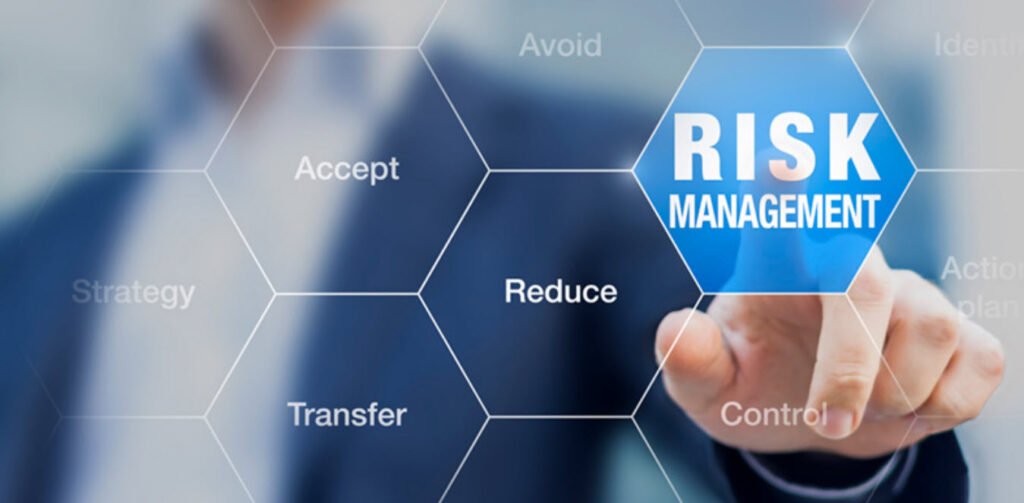
Building a robust risk register is essential for effective risk management. To populate this register with accurate and comprehensive data, organizations must rely on various sources of information that help identify and evaluate potential risks. Here are the key sources that contribute to the creation of entries in the risk register:
1. Internal and External Risk Assessments
- Internal Risk Assessment This is a fundamental source for risk register entries. Internal assessments identify risks within the organization, including those related to staff, business processes, and technology. Common examples include assessing workload, staff competency, and training issues.
- External Risk Assessment External assessments may reveal risks beyond the organization’s control. They can highlight strategic risks that stem from factors outside the organization, such as market dynamics and global events.
2. Vulnerability Assessment
High-level results of vulnerability assessments, penetration tests, code reviews, or social engineering assessments can indicate overarching problems within the organization. These assessments often pinpoint technology-related risks but may also reveal strategic risks tied to staff or business processes.
3. Internal Audit
Internal audits and self-assessments of internal controls can identify problems in staff, business processes, and technology. These audits are valuable for uncovering internal risks and areas that require attention.
4. External Audits
Audits conducted by external parties, such as third-party auditors or regulators, can identify issues related to business processes and information technology. External audits help assess compliance and may uncover risks.
5. Security Incidents
The occurrence of a security incident can highlight the presence of one or more risks that need attention. It’s important to note that a security incident in another organization may also serve as a lesson, revealing potential risks within one’s own organization.
6. Threat Intelligence
Subscriptions or data feeds providing threat intelligence, including formal and informal sources, can reveal risks that demand attention. Timely threat intelligence helps organizations stay vigilant against emerging threats.
7. Industry Developments
Changes in the organization’s industry sector, such as new business activities, emerging techniques, or industry trends, may expose or amplify risks that require attention. Industry developments should be closely monitored.
8. New Laws and Regulations
The enactment of new laws, regulations, applicable standards, and private legal obligations can introduce new risks that demand attention. Compliance risks, including the risk of fines or sanctions, may also be included in the risk register if identified.
9. Consultants
Expert security consultants, whether internal or external, can bring fresh perspectives and reveal previously unknown risks. Consultants, who may be auditors or assessors, may be engaged for specific projects or general assessments. Their insights can be invaluable for risk identification.
A well-rounded risk register benefits from data obtained from these diverse sources, ensuring that it captures both internal and external risks while staying informed about the evolving threat landscape, regulatory changes, and industry developments. Regular updates and ongoing monitoring are essential to maintain the accuracy and relevance of the risk register in supporting effective risk management.
You may also like:- How To Fix the Crowdstrike/BSOD Issue in Microsoft Windows
- MICROSOFT is Down Worldwide – Read Full Story
- Windows Showing Blue Screen Of Death Error? Here’s How You Can Fix It
- A Guide to SQL Operations: Selecting, Inserting, Updating, Deleting, Grouping, Ordering, Joining, and Using UNION
- Top 10 Most Common Software Vulnerabilities
- Essential Log Types for Effective SIEM Deployment
- How to Fix the VMware Workstation Error: “Unable to open kernel device ‘.\VMCIDev\VMX'”
- Top 3 Process Monitoring Tools for Malware Analysis
- CVE-2024-6387 – Critical OpenSSH Unauthenticated RCE Flaw ‘regreSSHion’ Exposes Millions of Linux Systems
- 22 Most Widely Used Testing Tools








